Home>Furniture & Design>Bathroom Accessories>How To Clear A Slow Bathtub Drain?
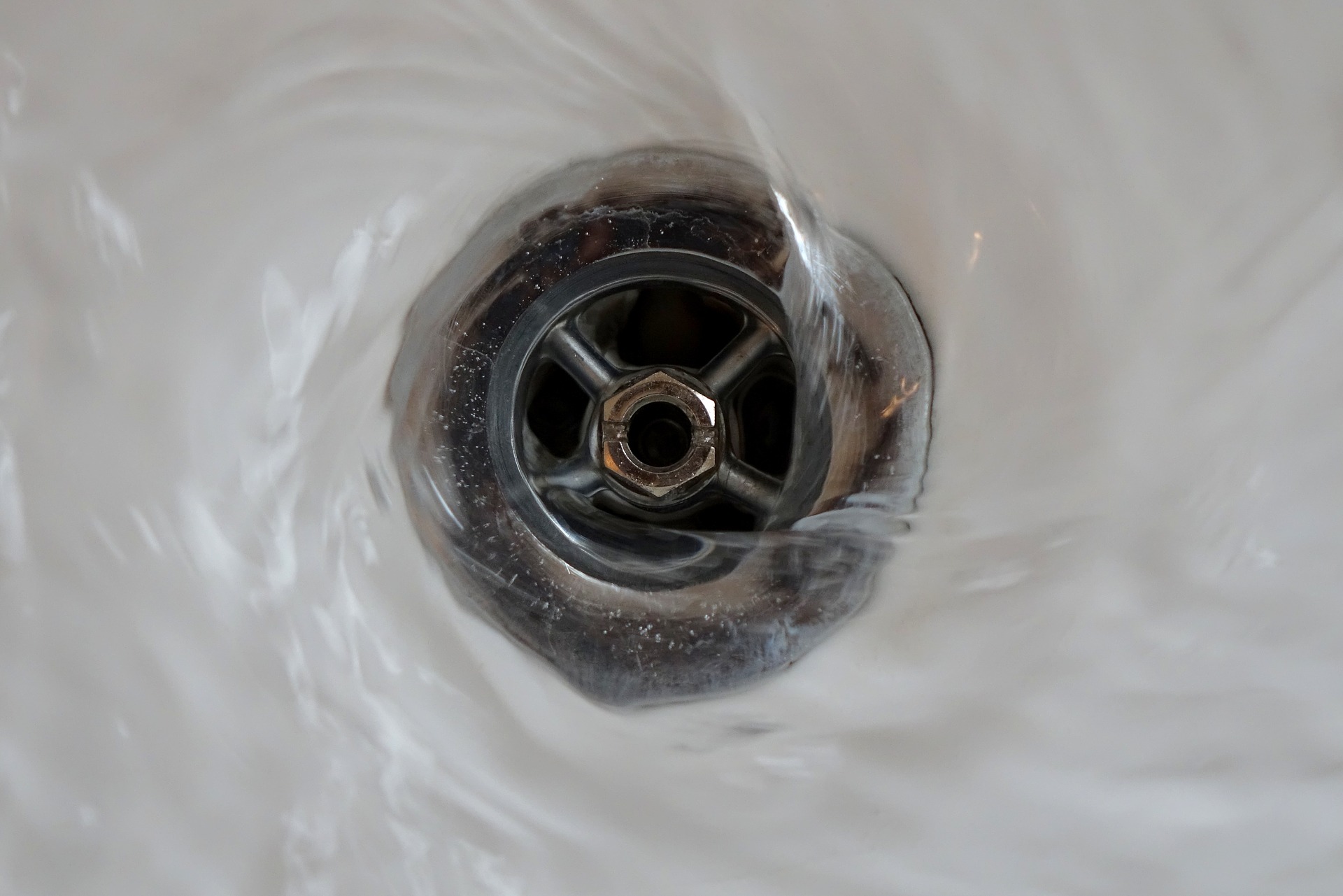

Bathroom Accessories
How To Clear A Slow Bathtub Drain?
Modified: February 18, 2024
Learn how to clear a slow bathtub drain with the right bathroom accessories. Get expert tips and solutions to keep your drain flowing smoothly.
(Many of the links in this article redirect to a specific reviewed product. Your purchase of these products through affiliate links helps to generate commission for Storables.com, at no extra cost. Learn more)
Introduction
Dealing with a slow bathtub drain can be a frustrating and inconvenient experience. Whether you're preparing for a relaxing soak or rushing through a quick shower, a sluggish drain can disrupt your daily routine. However, before you reach for harsh chemicals or consider calling a plumber, there are several effective methods you can try to clear the clog and restore your bathtub's drainage to its optimal state.
In this comprehensive guide, we will explore various techniques to address a slow bathtub drain, from identifying the underlying causes to implementing practical solutions. By understanding the common culprits behind drain obstructions and learning how to tackle them effectively, you can regain the smooth and efficient drainage that you desire.
So, if you're tired of standing in ankle-deep water during your showers or waiting for what seems like an eternity for your bathtub to empty, you've come to the right place. With the following step-by-step instructions and helpful tips, you'll be equipped to tackle the issue head-on and restore your bathtub's drainage system to its full functionality.
Let's dive into the strategies for clearing a slow bathtub drain and reclaiming the convenience and comfort of a smoothly flowing water fixture.
Key Takeaways:
- Say goodbye to slow bathtub drains by removing hair and debris, using a plunger, homemade drain cleaners, or a drain snake. Prevent future clogs with regular maintenance and smart practices.
- Keep your bathtub drain flowing smoothly by identifying and addressing common causes of slow drainage. Use simple tools and natural solutions to clear clogs and maintain optimal performance.
Identify the Cause of the Slow Drain
When faced with a slow bathtub drain, it's essential to first identify the root cause of the issue before attempting any remedies. Understanding the factors contributing to the sluggish drainage can significantly inform the approach you take to resolve the problem effectively. Here are some common culprits behind slow bathtub drains:
-
Hair Accumulation: Over time, hair can accumulate in the drain, creating a barrier that impedes the flow of water. This is a prevalent issue, especially in households with individuals with long hair.
-
Soap Scum Buildup: The combination of soap, body oils, and mineral deposits can form a stubborn residue known as soap scum. This buildup can adhere to the walls of the drain pipes, restricting the passage of water.
-
Foreign Objects: Small objects, such as jewelry or bottle caps, can inadvertently find their way into the drain, causing blockages that hinder proper drainage.
-
Mineral Deposits: Hard water can lead to the accumulation of mineral deposits within the pipes, reducing the diameter through which water can flow and causing slow drainage.
-
Pipe Misalignment or Damage: In some cases, misaligned or damaged pipes can impede the smooth flow of water, resulting in slow drainage.
By recognizing these potential causes, you can begin to narrow down the specific issue affecting your bathtub drain. This understanding will guide your subsequent actions, whether it involves physically removing accumulated hair and debris, addressing soap scum buildup, or investigating potential pipe damage.
In the next sections, we will delve into practical methods to address each of these causes, providing you with the knowledge and tools to effectively clear the clog and restore your bathtub's drainage to its optimal state.
Remove Hair and Debris from the Drain
One of the most common reasons for a slow bathtub drain is the accumulation of hair and debris within the pipes. Over time, hair, soap residue, and other particles can form a stubborn clog that restricts the flow of water. To address this issue, it's essential to physically remove the accumulated hair and debris from the drain. Here's a step-by-step guide to effectively clear the clog:
1. Remove the Drain Cover
Start by locating and removing the drain cover. Depending on the type of drain in your bathtub, the cover may be secured with screws or simply lifted out. Use a screwdriver or a suitable tool to loosen and remove the cover, exposing the opening of the drain.
2. Use a Drain Cleaning Tool
Once the drain cover is removed, you can use a drain cleaning tool to extract the accumulated hair and debris. A simple and effective tool for this purpose is a plastic hair snake or a drain cleaning tool with small barbs designed to catch and pull out clogs. Insert the tool into the drain and maneuver it carefully to hook onto the hair and debris. Slowly pull the tool out, bringing the trapped particles with it.
3. Dispose of the Extracted Debris
As you extract the hair and debris from the drain, have a trash bag or container nearby to dispose of the extracted material. It's important to discard the accumulated particles properly to prevent them from re-entering the drain.
4. Flush the Drain
After removing the visible hair and debris, flush the drain with hot water to help clear any remaining residue. The hot water can help dislodge and wash away smaller particles that may be clinging to the walls of the pipes, promoting improved drainage.
5. Clean the Drain Cover
Before replacing the drain cover, take the opportunity to clean it thoroughly. Remove any residual hair or debris that may be clinging to the cover, and rinse it with warm water to ensure it is free from obstructions.
By diligently removing hair and debris from the drain, you can effectively address one of the primary causes of a slow bathtub drain. This proactive approach can significantly improve the drainage efficiency of your bathtub, allowing water to flow freely and preventing future clogs.
Use a Plunger to Clear the Clog
When faced with a slow bathtub drain, a plunger can be a highly effective tool for dislodging stubborn clogs and restoring proper drainage. The plunging action creates pressure and suction within the pipes, helping to break apart and dislodge the obstruction. Here's a detailed guide on how to use a plunger to clear the clog in your bathtub drain:
-
Select the Right Plunger: To effectively plunge a bathtub drain, it's important to use the correct type of plunger. A cup plunger, also known as a sink plunger, is the most suitable option for this task. This type of plunger features a flat, straight bottom that can form a tight seal over the drain opening, maximizing the plunging force.
-
Create a Seal: Ensure that the bathtub's overflow opening is covered to create airtight conditions for effective plunging. You can use a wet cloth or a piece of duct tape to seal the overflow opening, preventing air from escaping and enhancing the plunging force.
-
Add Water: Before plunging, add enough water to the bathtub to cover the bottom of the plunger. The water helps to create a seal and provides hydraulic pressure, enhancing the plunging action.
-
Position the Plunger: Place the plunger over the drain opening, ensuring that it forms a tight seal. Hold the handle firmly and position yourself to exert downward pressure on the plunger.
-
Apply Firm Pressure: With the plunger in position, push down firmly and then pull up sharply to create suction. Repeat this plunging motion several times, maintaining a strong seal over the drain opening.
-
Observe the Drainage: After several plunging attempts, observe the drainage to see if the water is flowing more freely. If the clog has been dislodged, the water should begin to drain more rapidly.
-
Repeat if Necessary: If the drainage has improved but is still not optimal, repeat the plunging process several times to further dislodge the clog. Persistence and consistent plunging can often yield successful results.
Using a plunger to clear a clog in your bathtub drain is a practical and environmentally friendly method that avoids the use of harsh chemicals. By following these steps and applying proper plunging techniques, you can effectively address the obstruction and restore the smooth, unhindered flow of water in your bathtub.
Read more: How To Clear A Slow-Draining Bathroom Sink
Try a Homemade Drain Cleaner
Homemade drain cleaners offer a natural and eco-friendly alternative to commercial chemical-based products, providing an effective solution for clearing minor clogs and maintaining optimal drain performance. By utilizing common household ingredients, you can create a homemade drain cleaner that is safe for your plumbing and the environment. Here's a detailed exploration of how to make and use a homemade drain cleaner to address a slow bathtub drain.
Baking Soda and Vinegar Solution
One of the most popular and effective homemade drain cleaners involves the use of baking soda and vinegar. This dynamic duo creates a foaming reaction that can help dislodge minor clogs and reduce the buildup of residue within the pipes.
Steps to Create and Apply the Solution:
-
Pour Baking Soda: Start by pouring about half a cup of baking soda directly into the drain. Ensure that the baking soda makes its way into the drain opening, allowing it to reach the clog or buildup within the pipes.
-
Add Vinegar: After the baking soda is in place, carefully pour an equal amount of vinegar into the drain. As the vinegar comes into contact with the baking soda, a bubbling reaction will occur, producing a foaming action that can help break down the obstruction.
-
Allow the Solution to Work: Let the baking soda and vinegar solution sit in the drain for at least 30 minutes. During this time, the foaming action will work its way through the pipes, helping to dislodge the clog and neutralize odors.
-
Flush with Hot Water: After the waiting period, flush the drain with hot water to help wash away the dissolved residue and any remaining particles. The hot water can further aid in clearing the drain and promoting smooth water flow.
Salt and Baking Soda Mixture
Another homemade drain cleaner that can be effective for minor clogs involves a combination of salt and baking soda. This mixture can help break down organic matter and reduce mild blockages within the drain.
Steps to Create and Apply the Mixture:
-
Mix Salt and Baking Soda: Combine equal parts of salt and baking soda in a bowl, creating a dry mixture that can be easily poured into the drain.
-
Pour the Mixture: Carefully pour the salt and baking soda mixture into the drain, ensuring that it reaches the affected area where the clog is present.
-
Wait and Rinse: Allow the mixture to sit in the drain for approximately 15 to 30 minutes. During this time, the combined action of salt and baking soda will work to break down the clog. After the waiting period, rinse the drain with hot water to flush away the dissolved residue and restore proper drainage.
By utilizing these homemade drain cleaner recipes, you can take a proactive and environmentally conscious approach to addressing minor clogs in your bathtub drain. These natural solutions offer an effective and safe alternative to harsh chemical drain cleaners, promoting the efficient flow of water while minimizing the impact on your plumbing system and the environment.
Use a Drain Snake or Auger
When traditional methods such as plunging or homemade drain cleaners prove ineffective in clearing a stubborn bathtub drain clog, employing a drain snake or auger can provide a more targeted and forceful approach to dislodging the obstruction. Also known as plumbing snakes or drain augers, these tools are designed to navigate through the twists and turns of drain pipes, effectively breaking apart and removing persistent clogs.
Read more: How To Clear A Clogged Bathtub
Understanding the Tools
A drain snake typically consists of a long, flexible cable with a coiled auger or corkscrew-like tip at one end. This design allows the snake to be inserted into the drain, where the auger end can latch onto and break apart the clog, enabling it to be pulled out or flushed away. Drain snakes come in various lengths, with longer models suitable for reaching deeper clogs within the plumbing system.
Steps to Use a Drain Snake
-
Prepare the Drain: Before using the drain snake, remove the drain cover and clear any visible debris near the opening. This preparation ensures unobstructed access for the snake to navigate into the drain.
-
Insert the Snake: Carefully feed the snake into the drain, guiding it through the pipe while maintaining gentle pressure. As the snake encounters resistance, it may indicate the presence of the clog.
-
Engage the Clog: Once the snake reaches the clog, rotate the handle to engage the auger tip with the obstruction. The twisting action helps to break apart the clog and create a path for water to flow freely.
-
Retract and Flush: After engaging the clog, slowly retract the snake from the drain, bringing the dislodged particles with it. Follow up by flushing the drain with hot water to clear any remaining debris and verify improved drainage.
Benefits of Using a Drain Snake
- Precision: The flexible nature of a drain snake allows it to navigate through the twists and turns of drain pipes, reaching deep-seated clogs with precision.
- Effectiveness: The auger tip of the snake can effectively break apart stubborn clogs, providing a thorough solution to restore optimal drainage.
- Versatility: Drain snakes are suitable for use in various types of drains, including bathtub, shower, and sink drains, making them a versatile tool for addressing clogs throughout the home.
By utilizing a drain snake or auger, you can tackle persistent bathtub drain clogs with a targeted and effective approach, restoring the smooth and unhindered flow of water in your plumbing system.
Preventing Future Clogs
Preventing future clogs in your bathtub drain is essential for maintaining optimal drainage and minimizing the need for frequent interventions. By implementing proactive measures and adopting good practices, you can significantly reduce the likelihood of encountering slow drains and stubborn clogs. Here are practical strategies to prevent future clogs and promote the long-term efficiency of your bathtub's drainage system:
Read more: How To Clear An Outdoor Drain Pipe
Use a Drain Cover
Installing a drain cover or strainer in your bathtub is an effective way to prevent hair, soap residue, and other debris from entering the drain and causing blockages. These simple yet invaluable devices act as a barrier, capturing potential clog-causing materials before they can accumulate within the pipes. Regularly cleaning the drain cover to remove trapped debris further enhances its effectiveness in preventing clogs.
Regular Maintenance
Incorporating regular maintenance into your household routine can help keep your bathtub drain free from obstructions. Periodically remove the drain cover and clean out any accumulated hair and debris. Additionally, consider using a mild homemade drain cleaner on a monthly basis to prevent the buildup of soap scum and other residues. This proactive approach can help maintain smooth drainage and reduce the risk of clogs.
Hair Removal Practices
Encouraging household members to practice hair removal before bathing or showering can significantly reduce the amount of hair that enters the drain. Using a hair catcher or trap during bathing can effectively capture loose hair, preventing it from accumulating in the drain. By minimizing the introduction of hair into the plumbing system, you can mitigate one of the primary causes of bathtub drain clogs.
Avoid Pouring Harmful Substances
Be mindful of what goes down the drain, as certain substances can contribute to clogs and pipe buildup. Avoid pouring grease, oil, coffee grounds, and other non-water-soluble materials down the drain, as they can solidify and create blockages over time. Properly disposing of these substances in the trash can help maintain clear and unobstructed drains.
Professional Inspection
Consider scheduling periodic professional inspections of your plumbing system to identify and address potential issues before they escalate. A qualified plumber can conduct thorough assessments of your drains and pipes, detecting early signs of buildup, damage, or misalignment. Addressing these issues promptly can prevent future clogs and ensure the optimal functioning of your bathtub drain.
By incorporating these preventive measures into your regular maintenance routine and household practices, you can proactively safeguard your bathtub drain against future clogs. These proactive steps not only promote efficient drainage but also contribute to the long-term health and functionality of your plumbing system.
Frequently Asked Questions about How To Clear A Slow Bathtub Drain?
Was this page helpful?
At Storables.com, we guarantee accurate and reliable information. Our content, validated by Expert Board Contributors, is crafted following stringent Editorial Policies. We're committed to providing you with well-researched, expert-backed insights for all your informational needs.
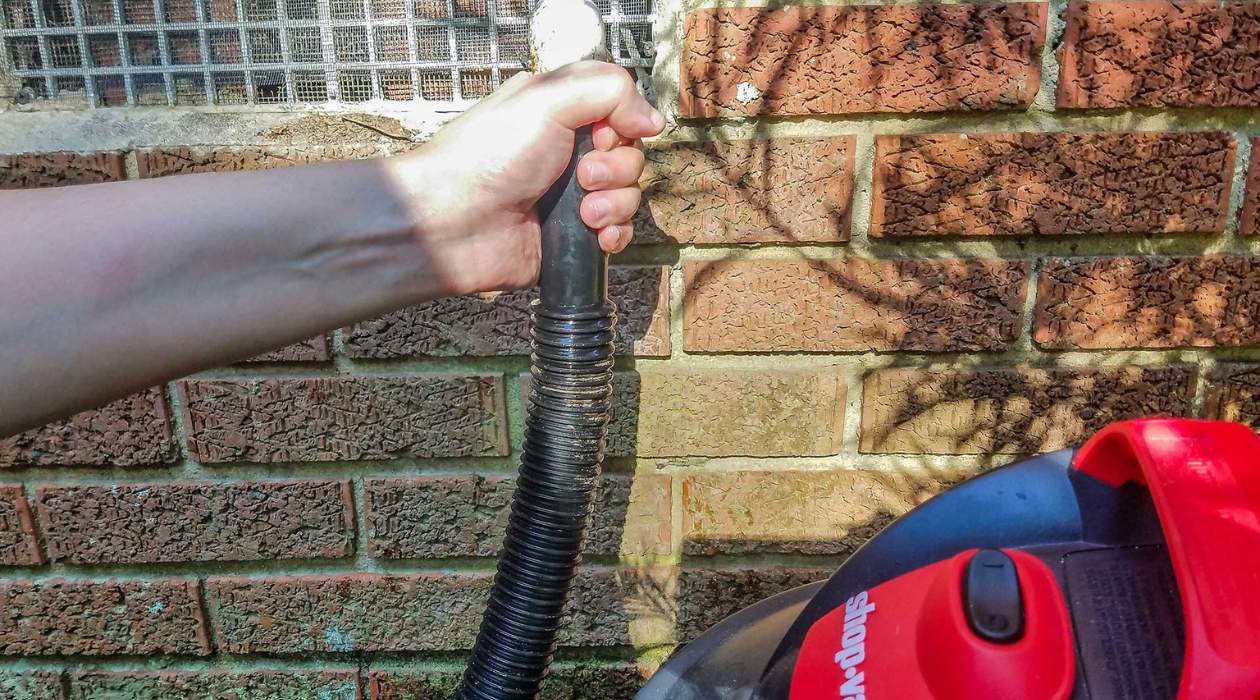
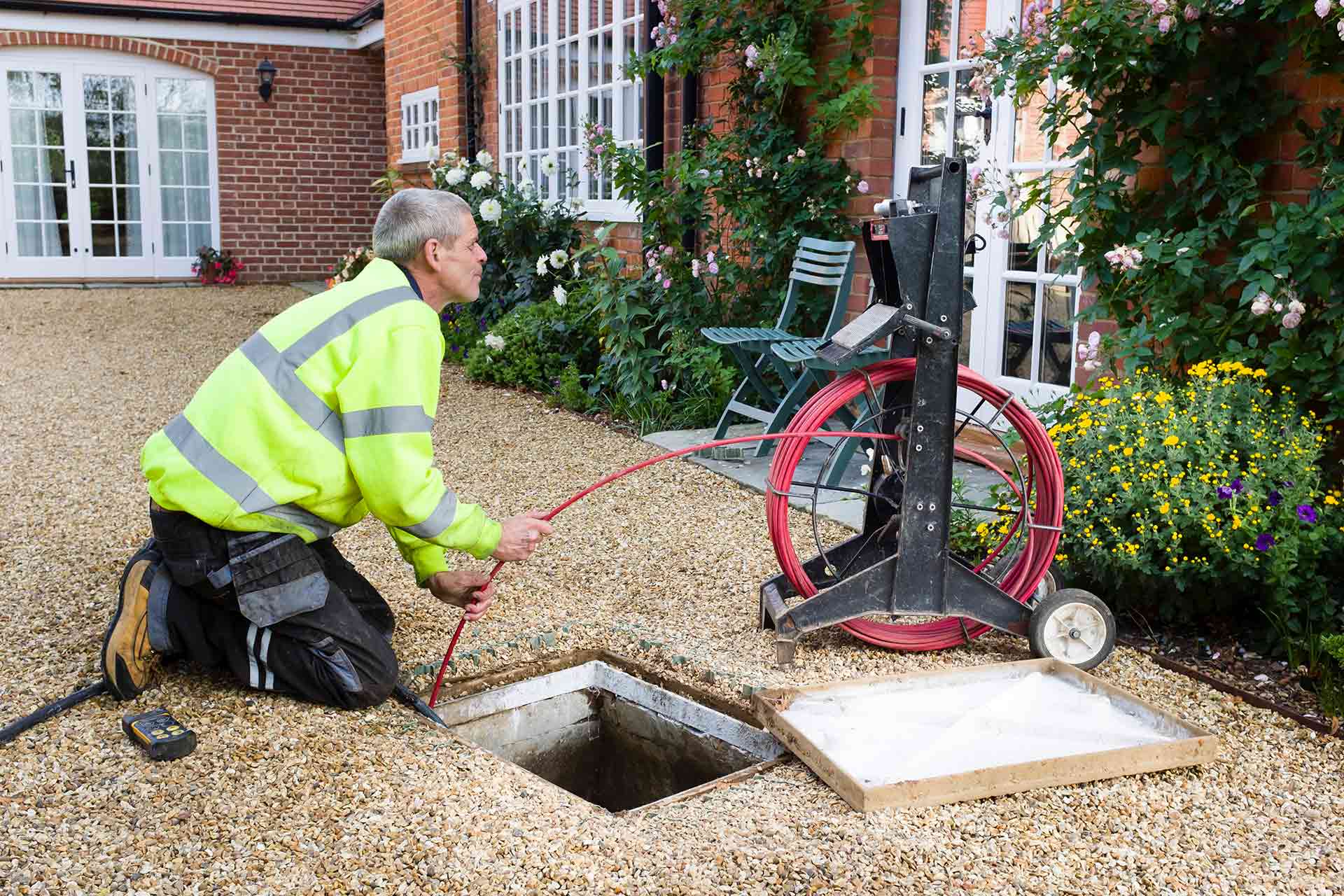
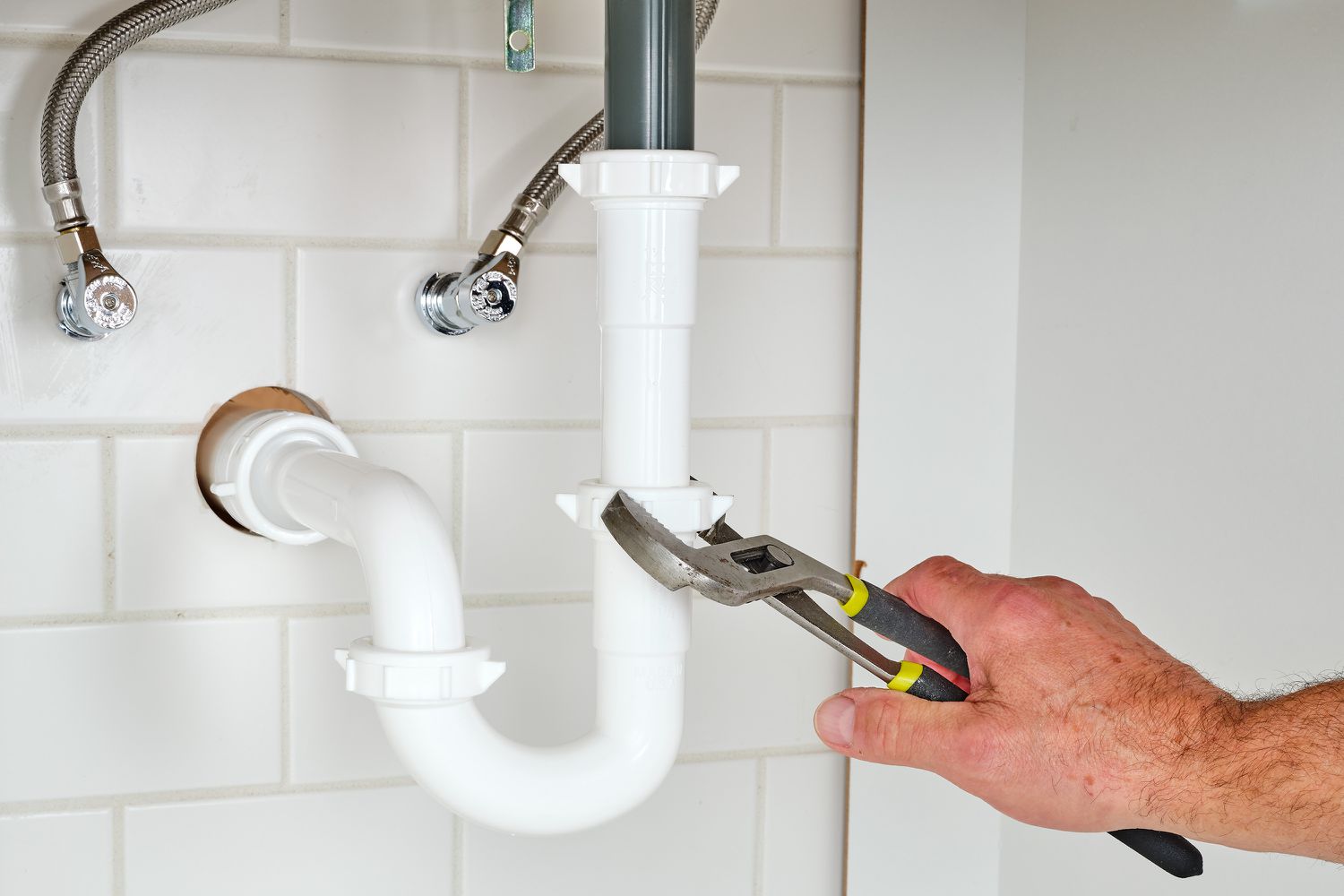
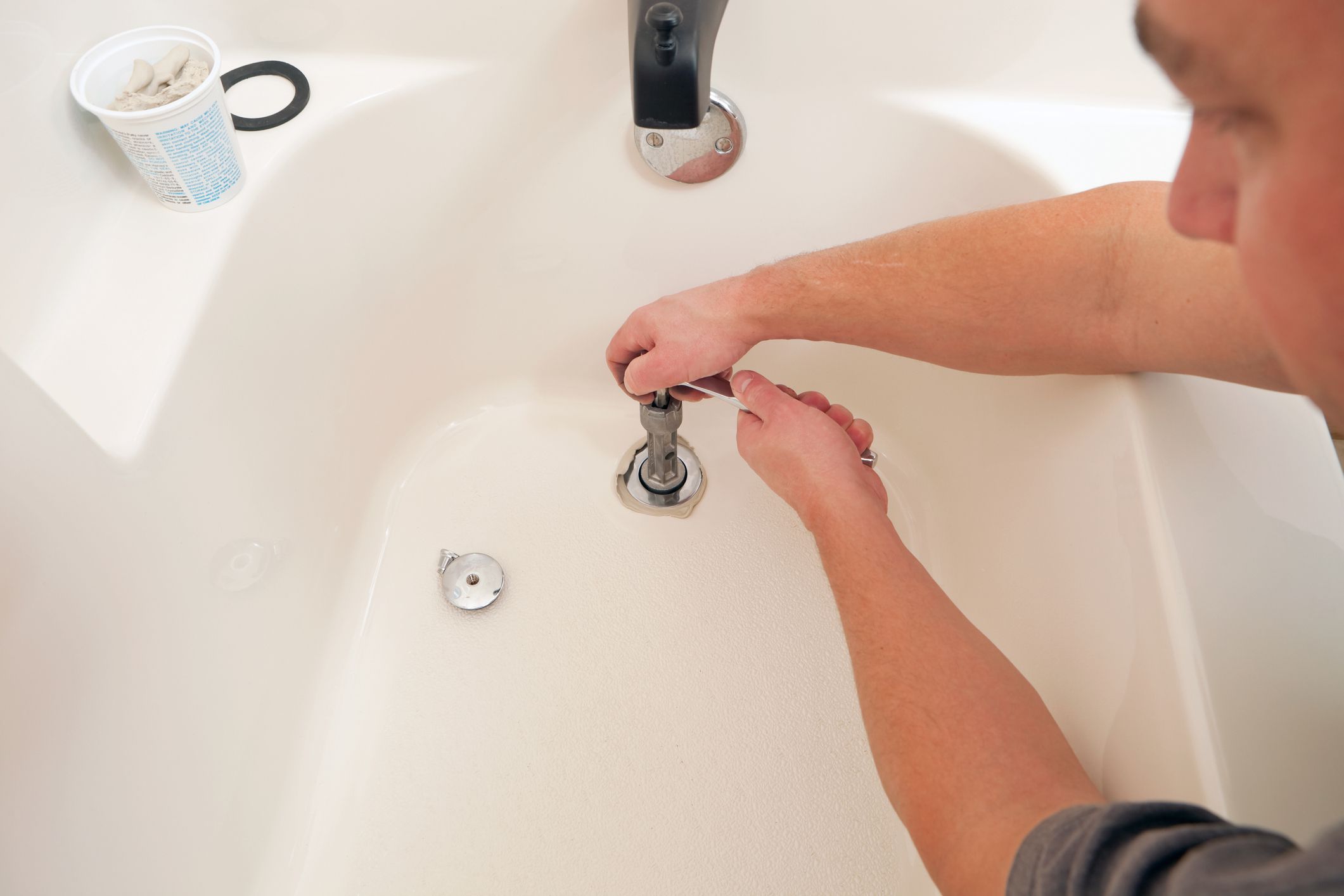
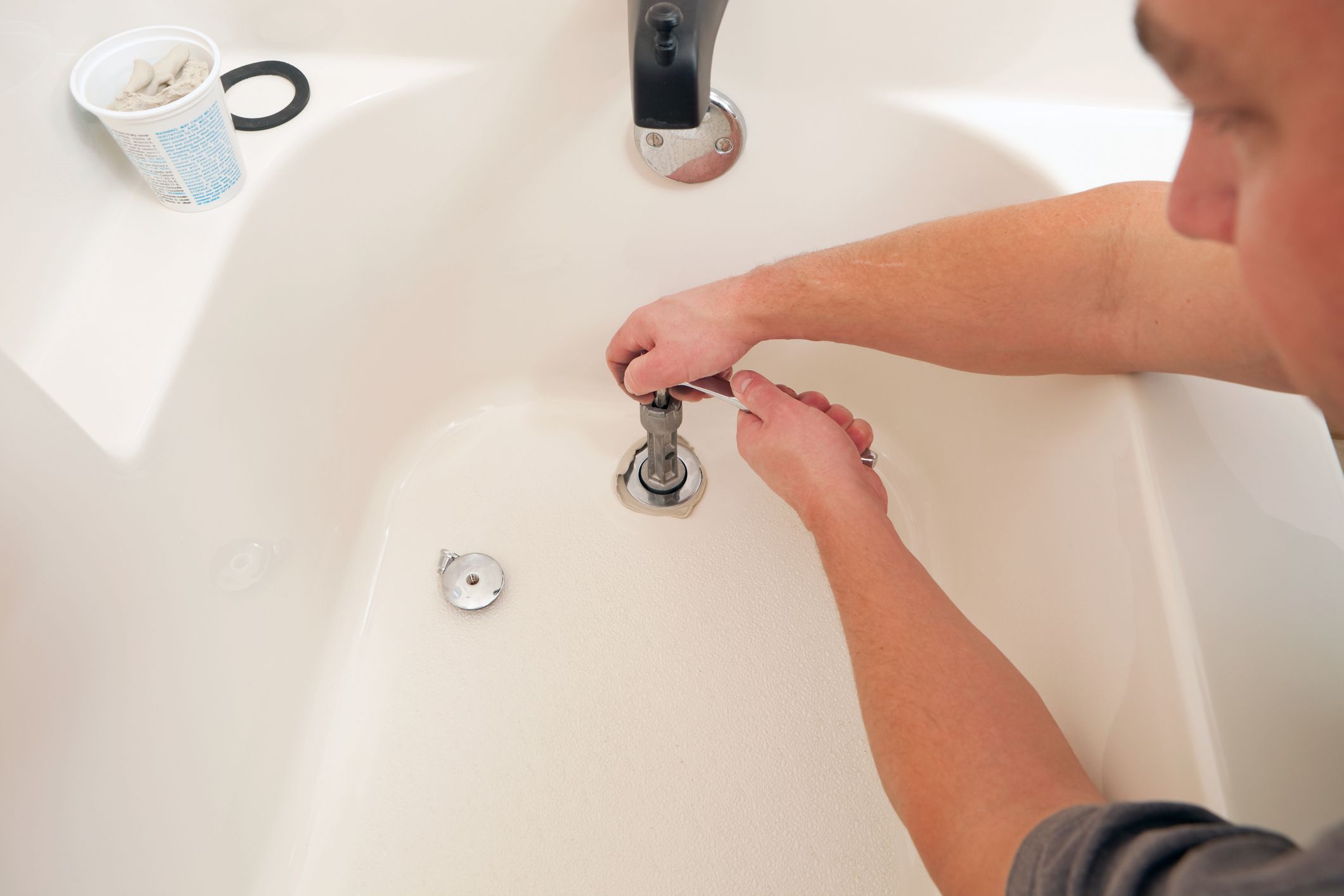
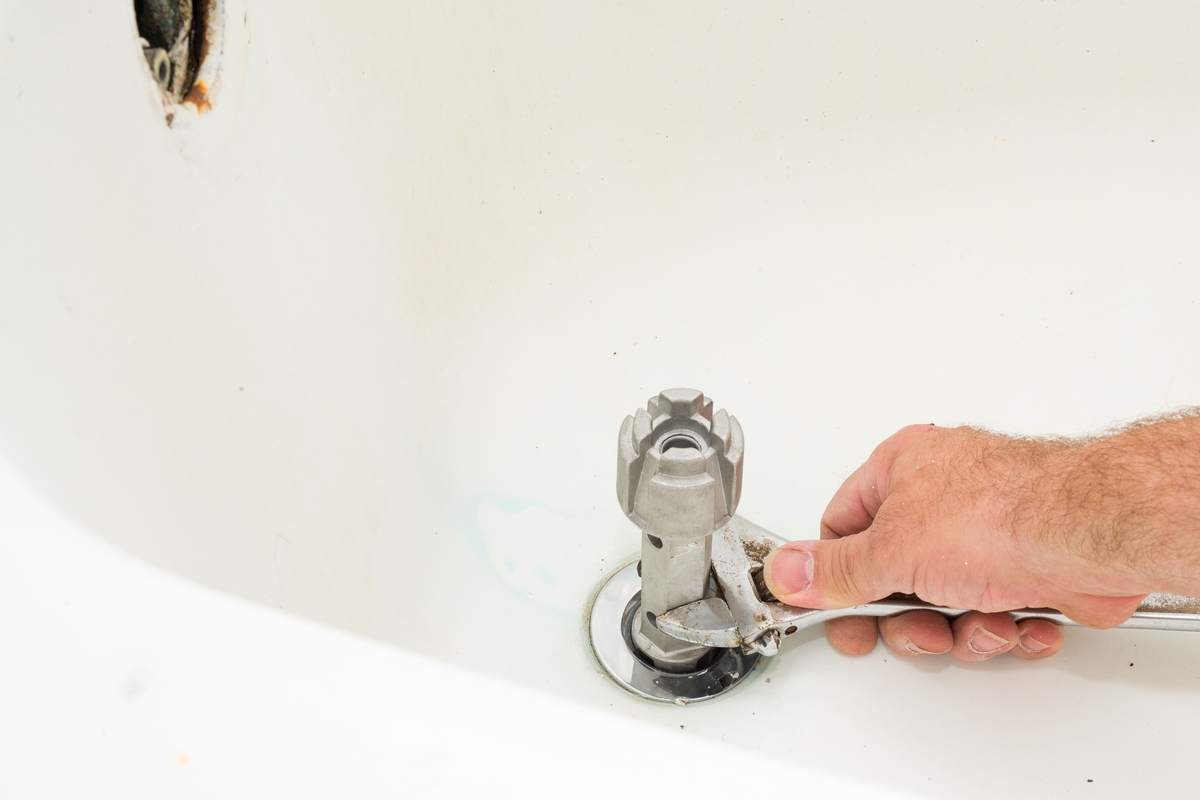
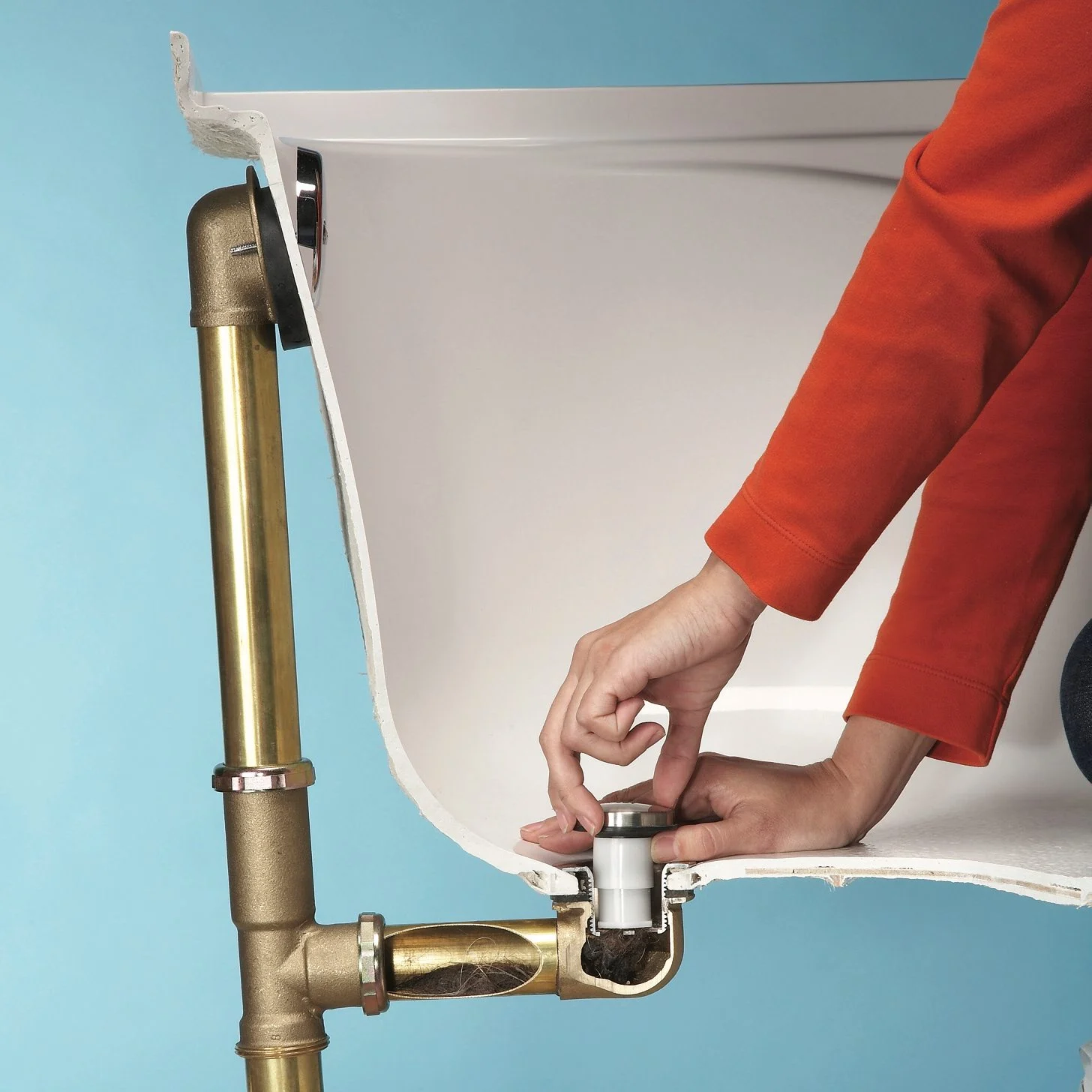
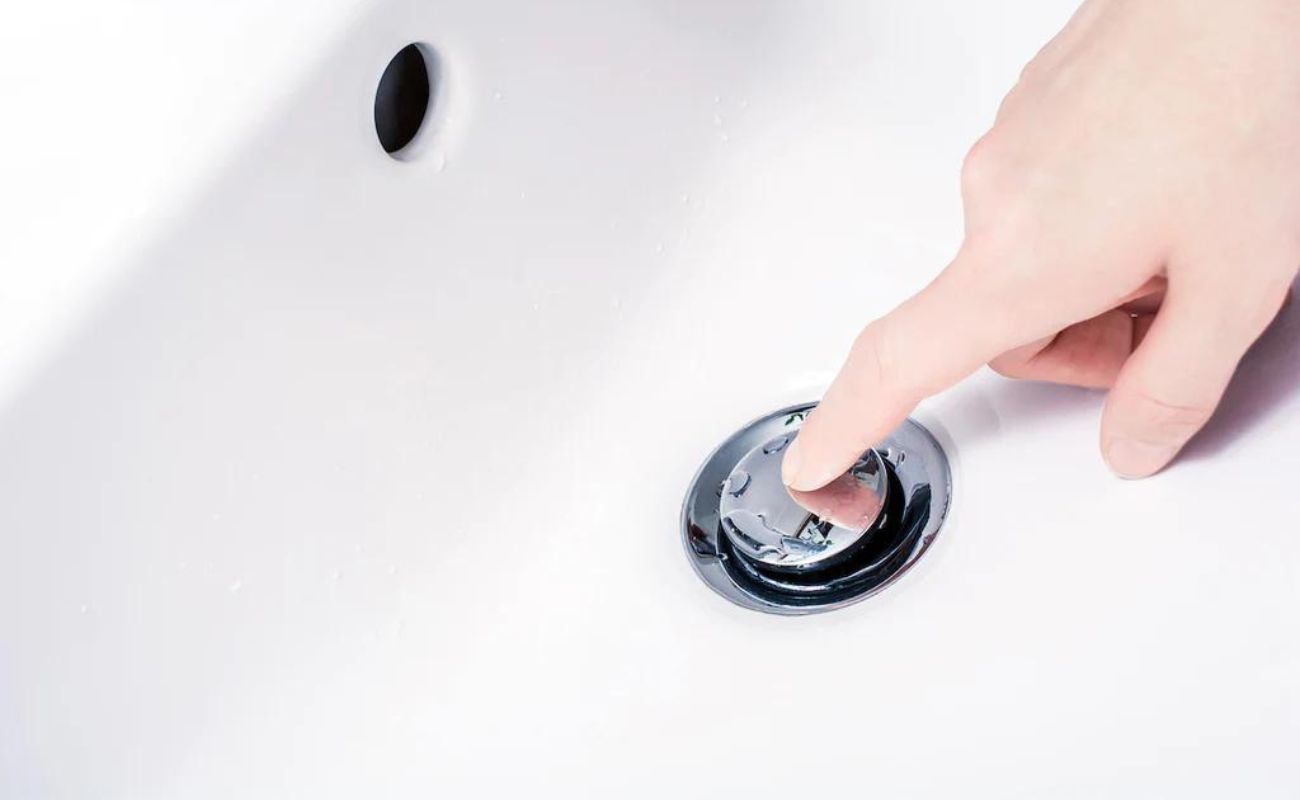
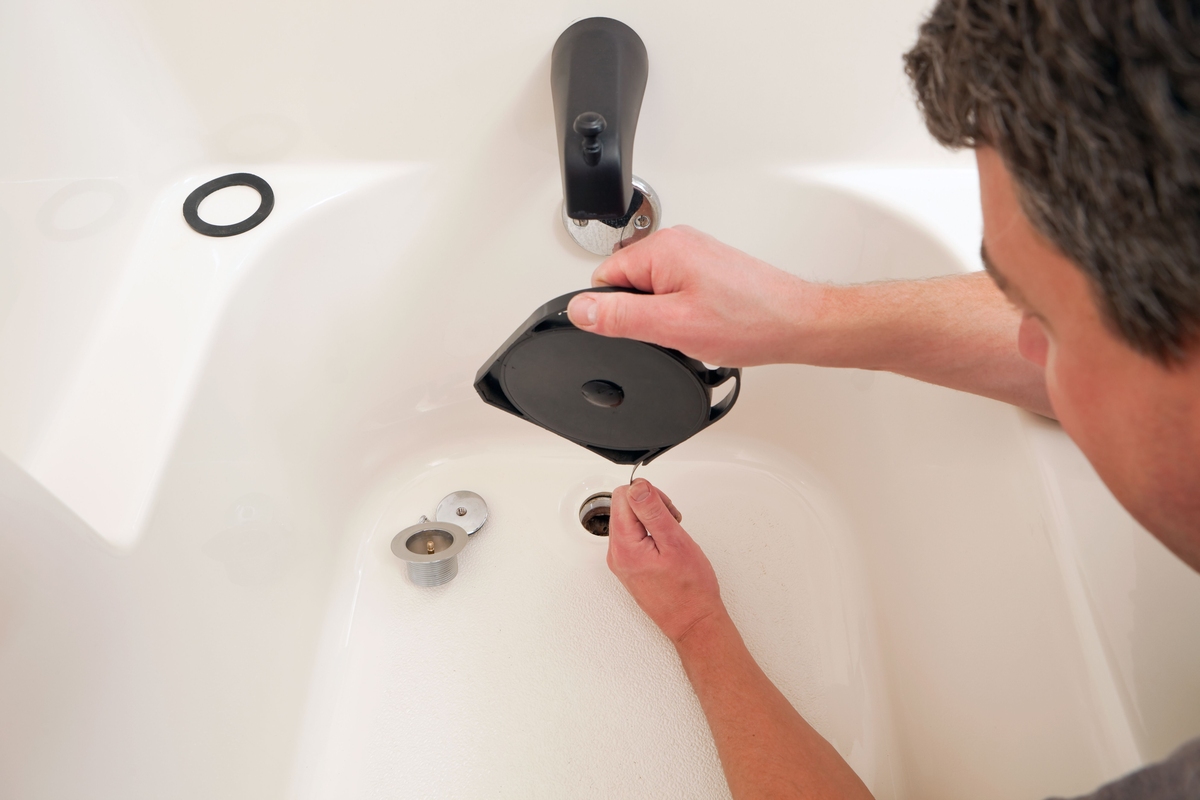
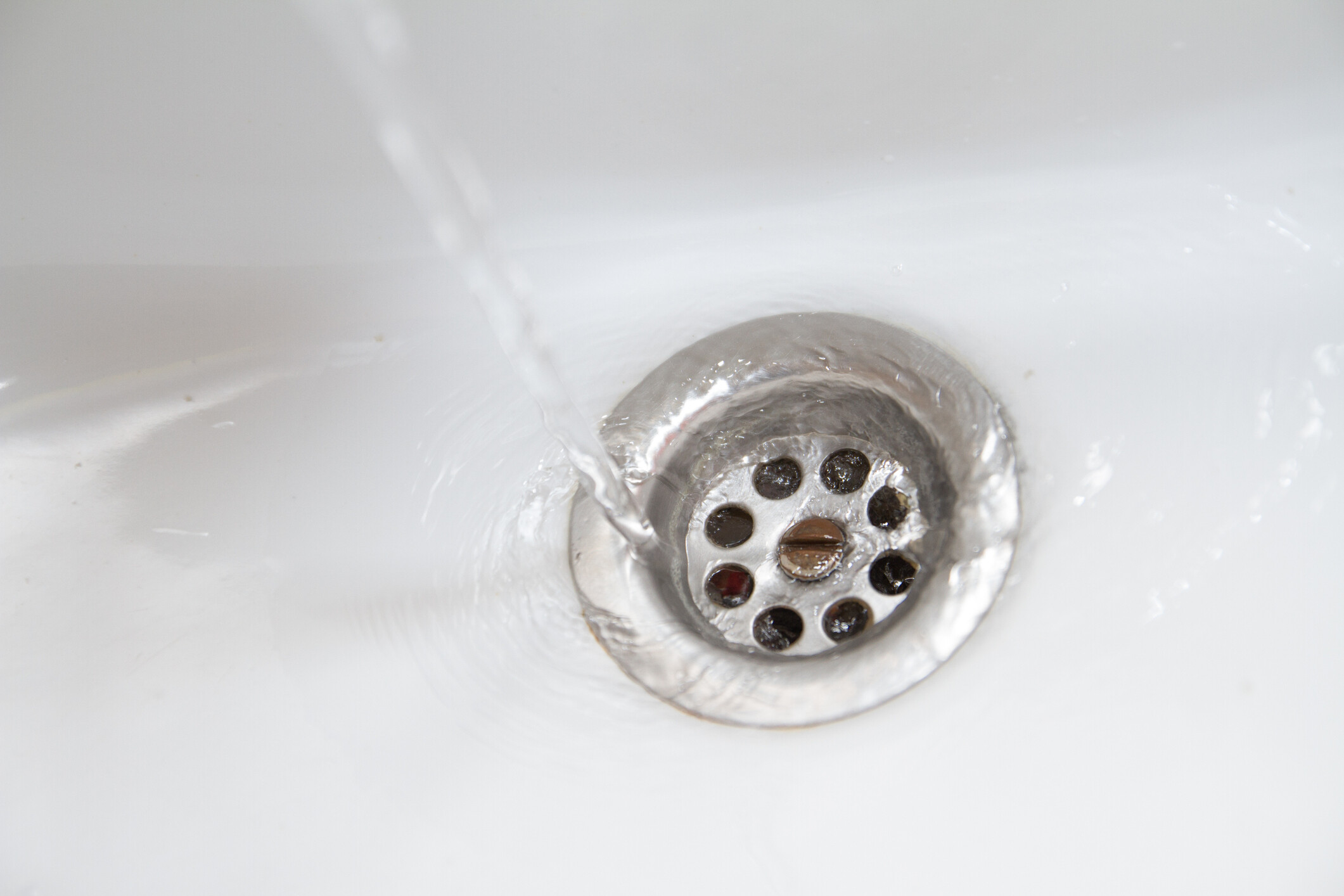

0 thoughts on “How To Clear A Slow Bathtub Drain?”